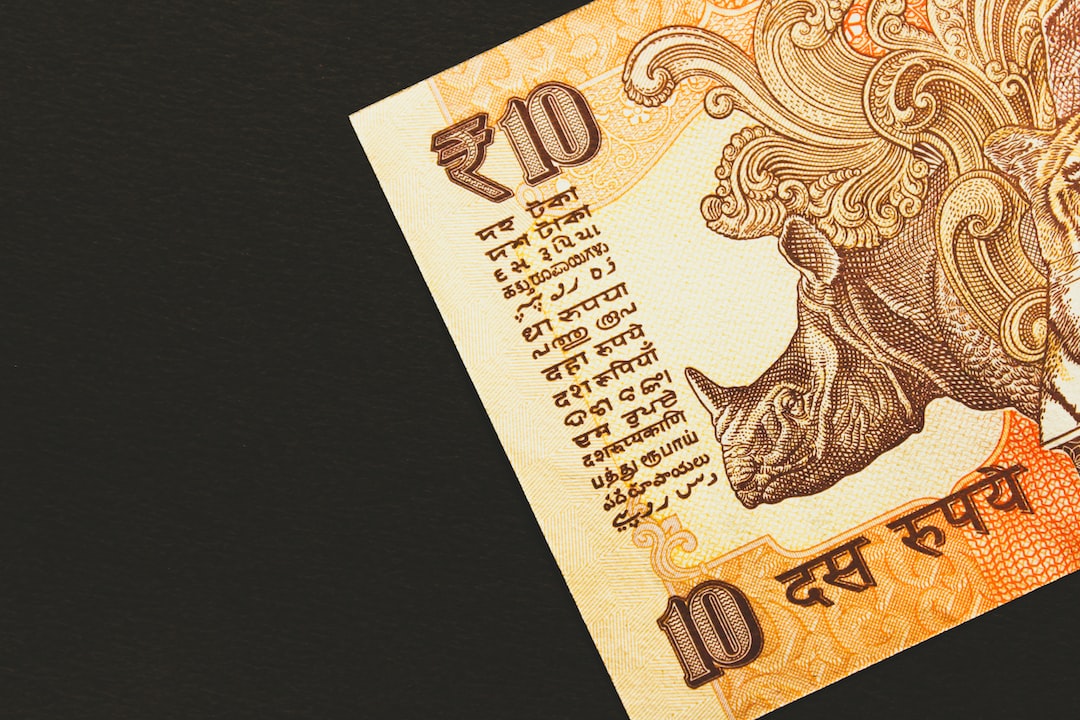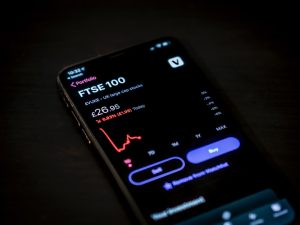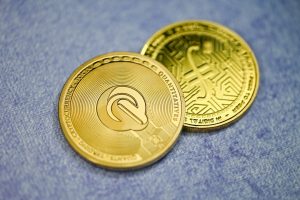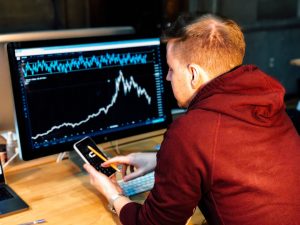Forex trading has become a popular investment option for many investors and big banks alike. The foreign exchange market (forex) is the largest financial market in the world, with an average daily trading volume of over $5 trillion. Due to its size and liquidity, big banks play a significant role in forex trading. This article will explain how big banks trade forex and the role they play in the market.
Big banks are the largest players in the forex market, and they account for a significant portion of the trading volume. These banks include JPMorgan Chase, Citigroup, Goldman Sachs, Barclays, and others. These banks have access to vast resources, including a large network of traders, advanced trading technologies, and research and analysis tools that enable them to trade forex efficiently and effectively.
The forex market operates 24 hours a day, five days a week, and big banks have trading desks that operate around the clock. These desks are staffed by traders who are responsible for executing trades on behalf of the bank’s clients and the bank itself. The bank’s traders use their expertise and knowledge of the forex market to identify trading opportunities and execute trades that generate profits for the bank.
Big banks have access to a wide range of forex products, including spot forex, forex futures, options, and forwards. Spot forex is the most common forex product and involves buying or selling currencies at the current market price. Forex futures are contracts that allow traders to buy or sell currencies at a predetermined price and date in the future. Options give traders the right, but not the obligation, to buy or sell currencies at a predetermined price and date in the future. Forwards are contracts that allow traders to buy or sell currencies at a predetermined price and date in the future.
Big banks use a variety of trading strategies to generate profits in the forex market. These strategies include technical analysis, fundamental analysis, and algorithmic trading. Technical analysis involves analyzing price charts and identifying trends and patterns that indicate potential trading opportunities. Fundamental analysis involves analyzing economic and political factors that affect currency prices, such as interest rates, GDP, and inflation. Algorithmic trading involves using computer programs to execute trades based on pre-programmed rules and algorithms.
Big banks also engage in forex trading for their clients. These clients include corporations, hedge funds, and other financial institutions. The banks provide these clients with forex trading services, including access to the forex market, research and analysis, and execution of trades. The banks earn commissions and fees for these services.
In conclusion, big banks play a significant role in the forex market. They have access to vast resources and use a variety of trading strategies to generate profits in the market. The banks also provide forex trading services to their clients, earning commissions and fees for these services. As the forex market continues to grow, big banks will continue to play a vital role in the market.





